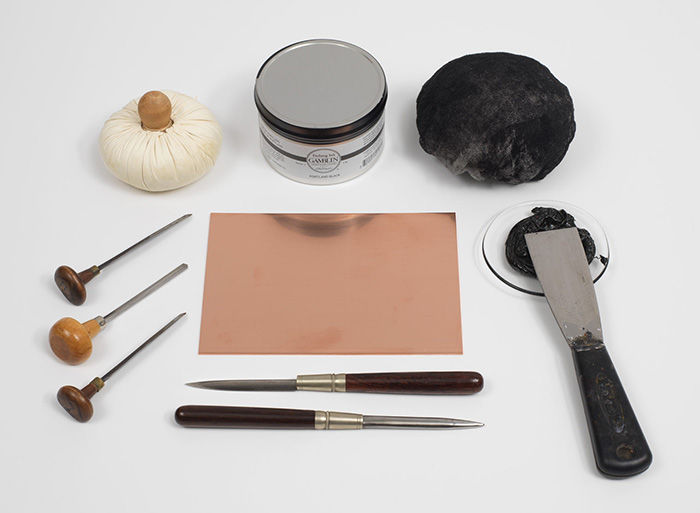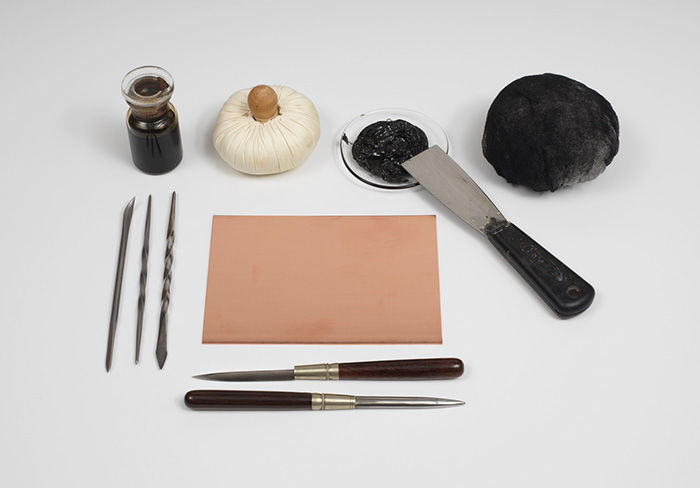Whip-Poor-Will. Caprimulgus vociferus [current name: Eastern Whip-poor-will. Caprimulgus vociferus], from "The Birds of America," plate 82 [later LXXXII]
Not on view
This print from Audubon's The Birds of America represents one adult male and two females. The male appears in flight, swooping downward with mouth open towards a large moth. Below him at right a female sits on a branch twisting her head towards a caterpillar on a leaf. A second female at lower left is shown in profile facing right. The plumage is variegated and banded brown, black, yellow and green. The moth is striped white and brown with a rust colored body. A smaller moth at center left is grey, yellow and brown. The subjects appear on a branch of oak (black oak according to the engraved text, but red oak according the Audubon's related commentary). This is the first variant before the plate number was changed from 82 to LXXXII. In a surviving letter, Audubon notes that he had killed a Whip-poor-will in Mickle Swamp, New Jersey, June 5, 1829.
Audubon placed the birds in his prints amongst plants native to their habitats, a significant departure from traditional natural history drawing practice. Also innovative was to often show birds in movement and, when more than one appear, from different points of view to display more of their plumage. Engraved text below gives English vernacular names for the birds followed by Latin, with plants identified in the same way. Full sets of The Birds of America contain 435 life-sized depictions. Over thirteen years, subscribers periodically received sets of five prints (each set containing images of two small, one medium sized and one large bird species). Engraved numbers at upper left and right identify the set number and individual plate number. Double elephant-folio sized sheets of paper were used, no matter the size of the printing plate, to allow the sets to be bound together once complete. Fewer than two hundred full sets were produced. When later divided, previous owners of individual prints often trimmed the margins. This work retains its original margins.


